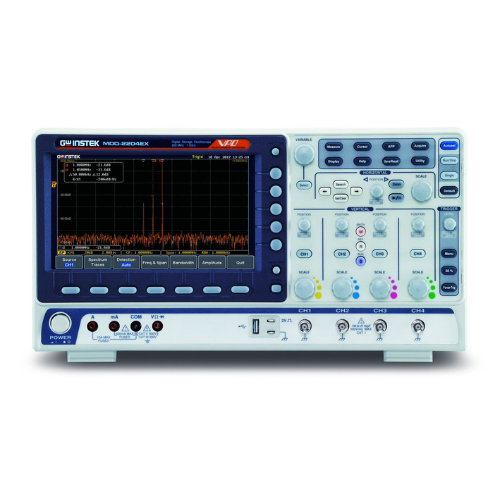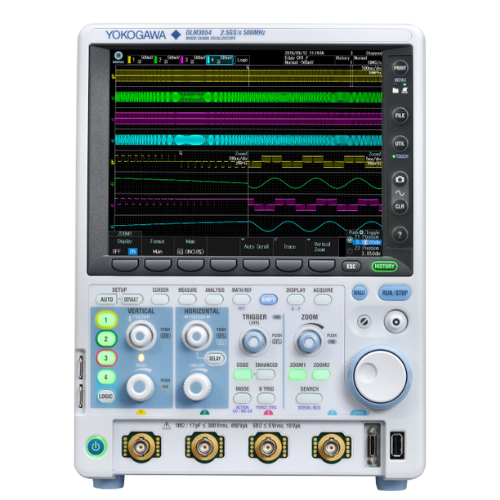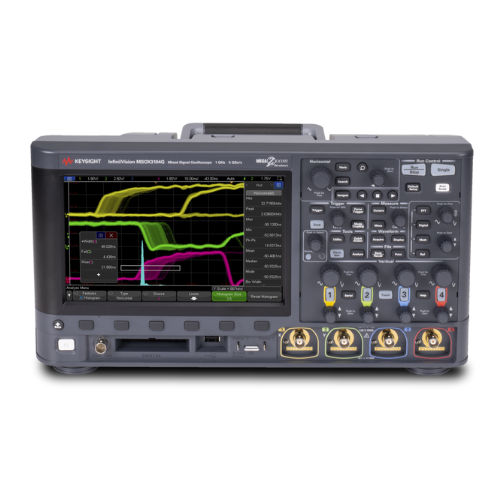

Digital oscilloscopes offer a versatile range of acquisition modes tailored to both general and specialised applications. These modes encompass sample mode, average mode, and peak detection mode. In the realm of mid-level and advanced digital oscilloscopes, the inclusion of a high-resolution mode serves to enhance the capabilities of the average mode, ensuring precision and clarity in every analysis.
How to make good use of average and high-resolution acquisition modes?
Enhancing Measurement Precision: By utilising average and high-resolution modes, digital oscilloscopes empower users to eliminate random noise and significantly enhance measurement resolution. In these modes, odd-numbered and even-numbered measurement results can be averaged, elevating the overall accuracy of readings. For applications where precision is paramount, integrating these modes proves invaluable.
Distinguishing Between High-Resolution and Average Modes: To better understand their applications, let's delve into the nuances, as illustrated in the accompanying sampling figures.
Average Mode: Ideal for stable, continuous, and repetitive signals, the average mode allows users to select the number of averages, enabling multiple sampling averages. However, it comes with a trade-off—more averages lead to a slower waveform update rate. It's worth noting that the average mode isn't suitable for single-shot scenarios where only one reading is available, making it less effective in such instances.
High-Resolution Mode: The high-resolution mode excels in scenarios involving single-shot or unstable signals. Unlike average mode, high-resolution mode processes individual waveforms, enabling accurate averaging even with sporadic or inconsistent signals.
Technical Considerations: In digital oscilloscopes, the analog-to-digital converter (A/D) undergoes a slowdown in the middle (ms/us div) and low-speed time base ranges (roll mode) to preserve waveform memory. Both peak detect and high-resolution modes leverage the oscilloscope's digital characteristics, allowing peak value assessment (retaining maximum or minimum values) or averaging at sampling points without compromising sampling intervals.
Important Limitations: However, it's crucial to note that these modes are limited to middle and low-speed time base ranges. When the sampling rate exceeds 200MS/s, these modes may not function optimally and must be used judiciously. For evaluations focused on noise in your test report, exercise caution, as relying solely on average mode or high-resolution mode might not provide accurate results.
In summary, while average and high-resolution modes are powerful tools for precision, understanding their specific applications and limitations is vital. Use them wisely to unlock their full potential in your oscilloscope analyses.


Summary







